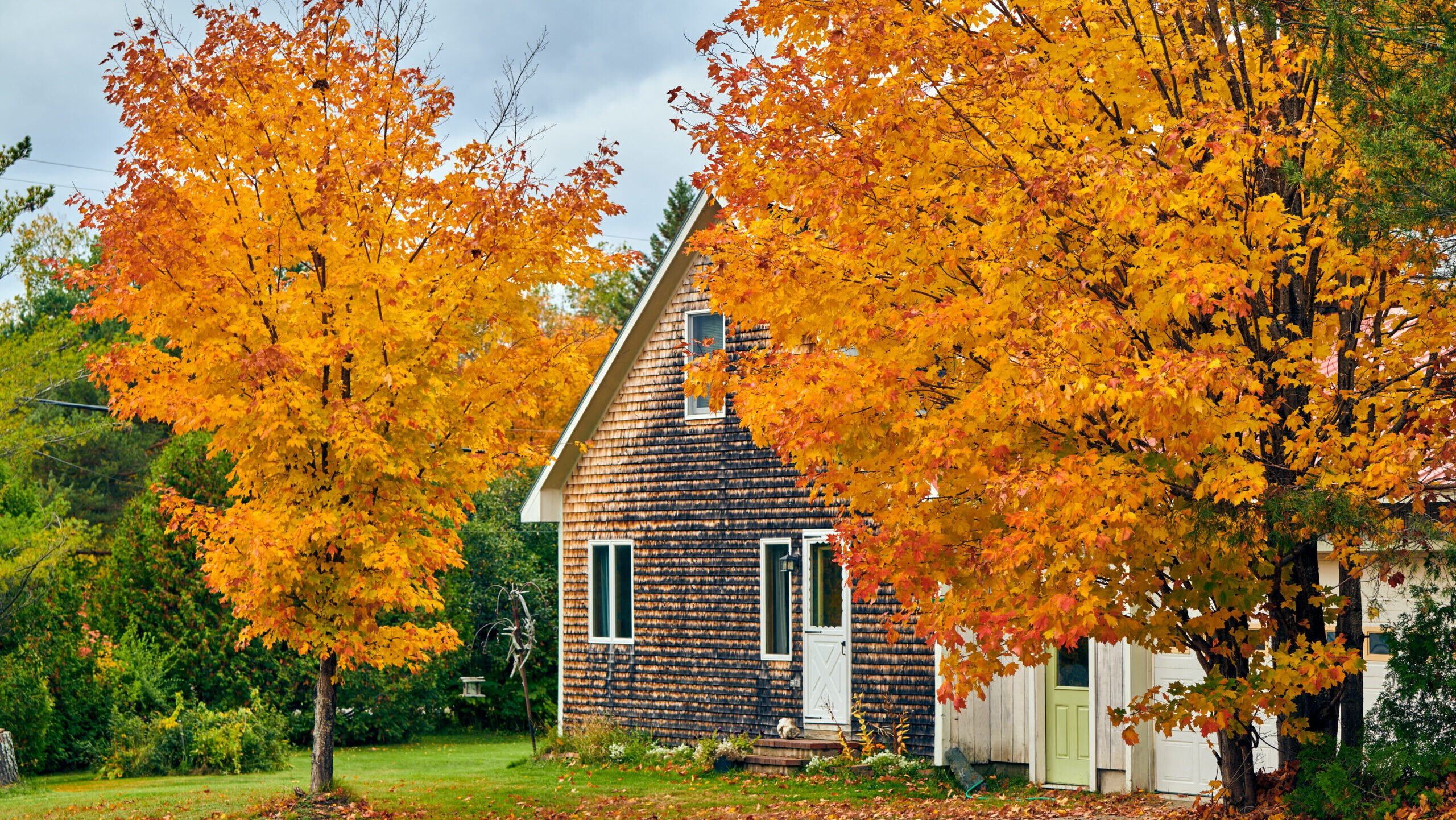Australia is on the precipice of a mould epidemic, and if you’re like the vast majority of your fellow Aussies, you’re dangerously unprepared.
With a “wetter and warmer” forecast promising a bumper season for this insidious invader, millions of homeowners and renters are unknowingly living on the edge of a financial and health catastrophe.
The shocking truth? A staggering number of us have no idea how our home insurance actually covers mould, leaving us wide open to devastating costs and, as one celebrity’s terrifying ordeal reveals, serious illness.
MORE NEWS
Aus‘s worst suburbs for mould crisis mapped
Aus man forced to live in mould-infested hellhole
Couple moves entire house to escape rising tides
New research from insurance comparison site iSelect has exposed a gaping chasm in our collective understanding, painting a grim picture of national ignorance.
Across every state and territory, a terrifying majority of residents simply don’t grasp the fine print of mould coverage in their home insurance policies.
The figures are alarming: 73 per cent of NSW residents, 72 per cent of QLD residents, 64 per cent of ACT residents, 88 per cent of NT residents, 63 per cent of SA residents, 72 per cent of TAS residents, 73 per cent of VIC residents, and 71 per cent of WA residents are completely in the dark.
The 10 mouldiest regions in Australia. Source: Airtasker
This widespread confusion leaves a staggering number of Australians vulnerable to unexpected clean-up costs and irreparable damage to their belongings, especially as recent heavy rains and humid conditions transform our properties into prime breeding grounds for mould.
The country’s ‘mould capital’ regions are particularly at risk, facing a perfect storm of environmental conditions and homeowner unawareness.
The hidden health hazard: Rachael Finch’s terrifying ordeal
But the financial hit is merely the tip of a much more sinister iceberg.
The health consequences of mould exposure are profoundly disturbing, a reality brought into chilling focus by former Miss Universe, model, TV host and wellness advocate Rachael Finch.
In a raw and candid social media post, Finch recounted her daughter Violet’s harrowing battle with a mysterious, relentless cough that emerged shortly after they moved into a Coogee, NSW, home.
“When we lived in Coogee I was coughing non-stop. It started randomly when we moved to Coogee a couple of weeks in,” Violet bravely shared.
Rachel elaborated on their desperate, months-long quest for answers: “We couldn’t, for the life of us, work out what it was. When she was playing tennis, she would be coughing. When she woke up, she’d cough. During the day, she’d cough. She’d cough in the shower.”
Rachael Finch and daughter Violet share their mould experience on social media. Source: Instagram
Their arduous journey eventually led them to a respiratory specialist, where the horrifying truth was finally uncovered.
“One of the main reasons why we moved out of Coogee was because of mould,” Rachel revealed.
“We noticed it growing through the garage.
“What the people before us must have done is just painted over the walls to make it nice and fresh and we started smelling and seeing mould through the walls.”
The sheer scale of the infestation was stomach-churning; Violet remembered her bedroom fan turning “black and green,” while Rachel’s own dresses were consumed by the “disgusting” growth.
“So that’s when we thought, maybe the cough is from the mould,” Rachel concluded.
Rachael Finch, Michael Miziner with children Violet and Dominic.
A subsequent mycotoxin test confirmed their worst fears: Violet tested positive for gliotoxin, an immunosuppressive mycotoxin produced by certain moulds, necessitating a strict 12-week detox protocol which helped her get on top of her illness.
Their story is a visceral, terrifying wake-up call that mould is not just an unsightly nuisance; it’s a potent, health-destroying threat.
New data from Airtasker recently reveals a startling 12 per cent surge in mould removal tasks.
Sydney’s exclusive eastern suburbs topped the list but several other Sydney districts also feature prominently in the top 10, including the City and Inner South, North Sydney and Hornsby, the Northern Beaches, and the Inner West.
Queensland’s tropical and subtropical havens, Cairns, the Sunshine Coast, and the Gold Coast, along with northern New South Wales’ Richmond-Tweed region, also rank among the nation’s top mould hotspots.
The insurance minefield: Don’t get caught out
Sophie Ryan from iSelect issues a stark warning: with the Bureau of Meteorology forecasting a “wetter and warmer next three months,” Australia is poised for a “stronger than usual mould season.”
This means vigilance is not just recommended, it’s critical.
“When it comes to mould caused by those heavy rain, damp conditions, we really found, unfortunately, a real lack of understanding about it,” Ryan stated, underscoring the urgent need for Australians to arm themselves with knowledge.
She emphatically stresses that while the intricacies of insurance policies can be baffling, comprehending the fine print is absolutely non-negotiable.
“Home insurance and contents insurance, it’s one that you really do need to read that fine print… because otherwise, you’re exposing yourself to potential financial pain, not knowing these things and you don’t want to be left underinsured, or not insured altogether if you do need to make a claim.”
Sydney suburbs in particular have been hit hard my mould over recent years.
Ryan highlights that exclusions are a common trap, particularly for “long term or preventable mould.”
This means if mould flourishes due to poor ventilation or a lack of cleaning, such as in a perpetually damp bathroom, your insurer might leave you to foot the entire bill.
For the millions of renters across the country, the situation is equally fraught with peril.
While landlords typically hold insurance for the building itself, the responsibility for mould remediation often hinges on its origin.
A structural issue, like a leaky roof, usually falls squarely on the landlord.
Sydney ranks as Australia’s major hotspot for mould removal. Photo: Naomi Jellicoe
However, mould that arises from a tenant’s failure to ventilate adequately or clean diligently could become their costly burden.
“That’s why renters should really check their obligations and what the landlord’s insurance covers when it comes to mould,” Ryan advises, urging tenants to clarify their position long before any dark spots appear.
Prevention is key: Simple steps to protect your home and health
Amid this grim outlook, there is a glimmer of hope: prevention is often both simple and affordable.
Ryan implores all Australians to adopt proactive measures: ensure robust ventilation by regularly opening windows, especially after showering or cooking; diligently use exhaust fans in bathrooms and kitchens; dry clothes outdoors whenever feasible; and consistently wipe down surfaces in damp areas.
For those residing in particularly humid climates, a dehumidifier can prove to be an invaluable investment.
Mould thrives in damp, poorly ventilated areas with sufficient warmth and moisture, such as bathrooms and kitchens, where it can feed on organic materials like wood, paper, and fabric.
Crucially, if you discover mould, immediate action is paramount.
Report any issues to your landlord or property manager without delay, meticulously document all damage with clear photographs, and maintain detailed records of all communications.
Most importantly, do not wait for disaster to strike.
Review your insurance policy now. Understand precisely where you stand, what is covered, and what isn’t, before this silent, insidious enemy takes hold, threatening both your financial stability and the very health of your family.



















 English (US) ·
English (US) ·